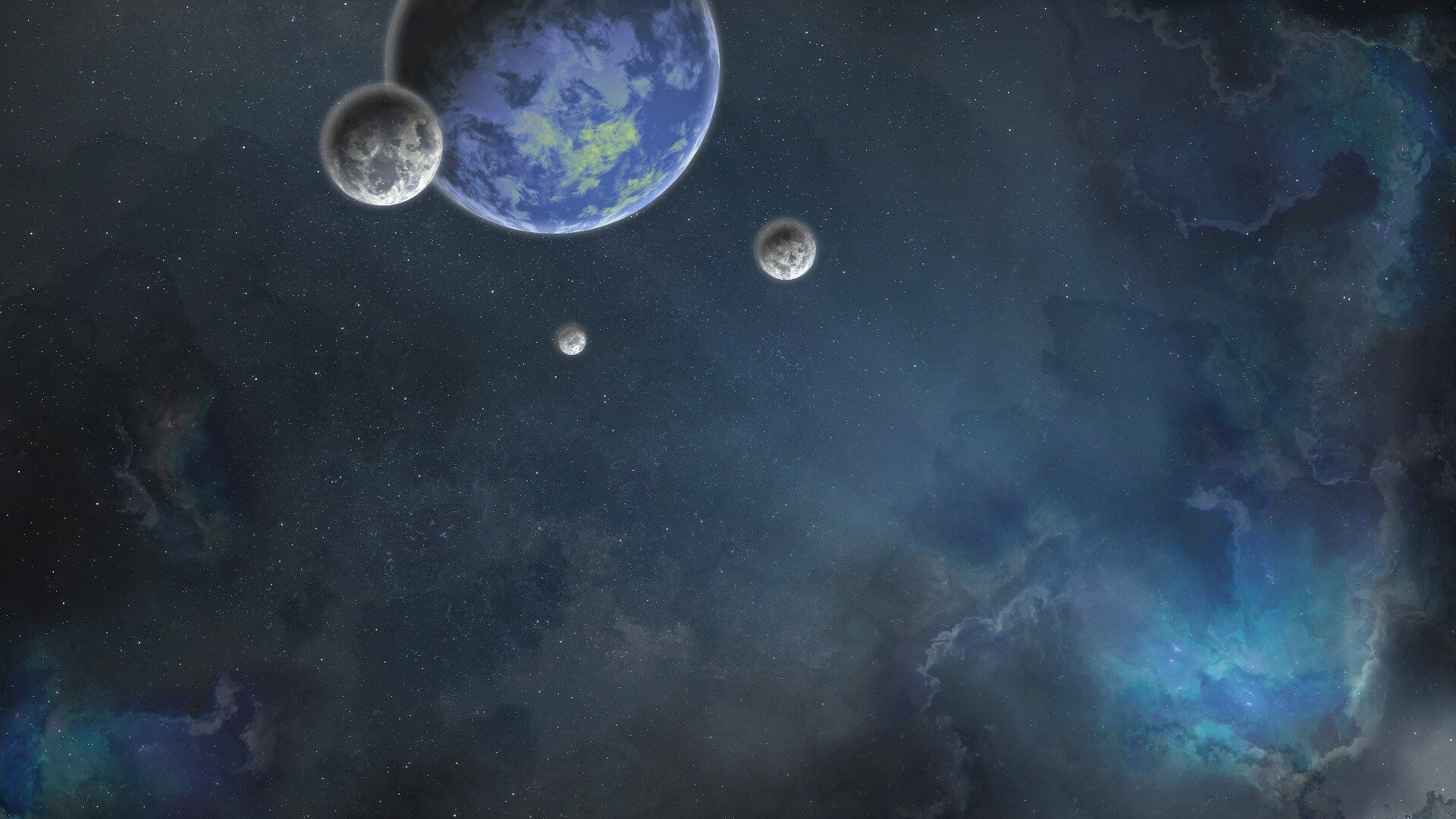
New Technique for Tracking Exoplanets Could Help in Search for Habitable Regions of the Universe
July 22, 2020 (rt.com)
• There are hundreds of ‘lost planets’ in distant solar systems. The usual method of tracking an exoplanet is to train the telescope on the star and then wait for a dip in brightness to indicating an object (i.e.: a planet) passing in front of the star in its orbit around the star. The telescope will then follow the planet’s trajectory until it disappears behind the star. It is then ‘lost’.
• Astronomers at the University of Warwick (in Coventry, England) have added an additional way of tracking these exoplanets, in order to ‘rediscover’ them. They track the planet’s orbit from their telescope, but they also track it from another telescope elsewhere on Earth. This allows astronomers to determine its speed and orbital trajectory around the back of the star, and to determine its temperature based on its proximity to the star. Once they know the planet’s orbit, they can gauge when it will reappear on the other side of the star in its continuing orbit.
• For example, the exoplanet known as NGTS-11b orbits a star 620 light-years away. The planet has the size and mass of Saturn and an orbit of 35 days, which makes it relatively close to its star. According to Dr. Samuel Gill at the University of Warwick, “Longer (orbital) period planets are cooler, more like the planets in our own solar system.” But with its relatively short 35 day orbit, NGTS-11b is close to its star and therefore quite hot – 320 degrees Fahrenheit. But it is still cooler than the planet Mercury. So it is close, but not within the ‘Goldilocks Zone’ where a planet may have liquid water and be able to harbor life (as we know it).
• The findings open up a new world of potential planets within the ‘Goldilocks zone’ of a far distant solar system that could potentially harbor extraterrestrial life.
The rediscovery of a planet lost in outer space could signal the beginning of tracking a habitable world in the ‘Goldilocks zone’ of a far distant solar system.

The planet is one of hundreds of ‘lost’ planets discovered by astronomers from the University of Warwick, and was the result of a new way of tracking and logging planets in hopes of finding something similar to our own.
Some of these lost planets reside in the Goldilocks zone – a particular range of orbits that allow the existence of liquid on a planet’s surface: too close to the sun and it will be too hot, too far away, too cold.
To accomplish the research, the team adapted the usual transit method of tracking a planet, in which the telescope waits for a dip in light that indicates that there is an object passing between the telescope and a star. It then follows the planet’s trajectory for 27 days before it disappears.
In this instance, however, the team followed the planet and further tracked it from a different station, allowing them to assess its speed and therefore orbit.
FAIR USE NOTICE: This page contains copyrighted material the use of which has not been specifically authorized by the copyright owner. ExoNews.org distributes this material for the purpose of news reporting, educational research, comment and criticism, constituting Fair Use under 17 U.S.C § 107. Please contact the Editor at ExoNews with any copyright issue.
‘lost planets’, Dr. Samuel Gill, exoplanet, Goldilocks zone, NGTS-11b, University of Warwick